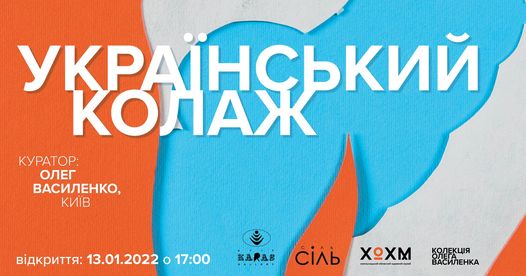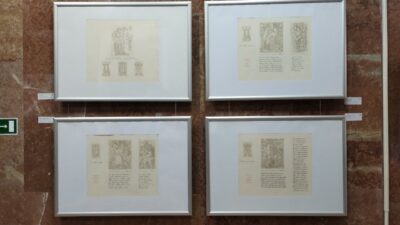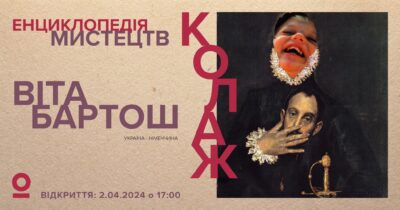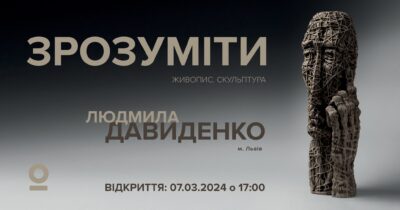Collage as a technique has a special place in the history of art. Collage traditionally combines different materials, but in this project we have singled out its paper component. The authors mostly use paper cuttings from magazine and book offset printing.
Taking into account the environmental trends of upcycling and recycling, when the material from which the work is woven adds more drama and a sense of archaeological value, plus the absolutely postmodern application of “citation”, layering “phrases” from fragments that collide in contradiction and harmony, collage becomes an ultra-modern and relevant genre of any artistic scene.
The mobility and accessibility of collage both in its creation and perception around the world creates communities and centers, especially in capitals, that unite thousands of authors and connoisseurs of this genre.
With this project, we are trying to create a proposal for the reflection and encouragement of Ukrainian artists and viewers. The exhibition “Ukrainian Collage” can become an expected permanent organic satellite, provoke a wave of interest and provide inspiration to a new camp of Ukrainian collage artists and include already well-known Ukrainian artists in its orbit.
Yevhen Karas, art expert, founder and curator of Karas Gallery (Kyiv).
REFERENCES
The collage technique has been used since the invention of paper in China (second century BC). However, it received public recognition and a terminological definition much later, in the early twentieth century in France, thanks to the works of Georges Braque, Pablo Picasso and Henri Matisse.
Georges Braque used newspaper clippings as the basis for collage. By covering them with paint, he sought to achieve a painterly effect.
Henri Matisse’s technique was somewhat different: he tore pieces of colored paper and created a whole composition from them. Matisse manually painted the sheets of paper and then cut out elements from them. At the same time, the artist did not lose his style and recognizable plasticity.
Pablo Picasso used a chair as a basis for his famous work Still Life with a Broken Chair. The boundary between collage and inlay is the factor of composition of the work. While in collage the elements form a single whole, in inlay one element acts as a “tool” for decorating the surface of another.
Later, in Europe and the United States, collage became one of the impetus for the development of pop art (1950s-1960s). The first works in the Pop Art style were created by three artists who studied at the Royal College of Art in London – Peter Blake, Joe Tilson and Richard Smith. But the first work to receive the status of a pop art icon was the collage by the British artist Richard Hamilton, “What Makes Our Homes Today So Different, So Attractive?” (1956).
The most famous collage master in Ukraine is the filmmaker Serhiy Parajanov (1924-1990). His love for old things and the surroundings of an antique shop always inspired his future films (his father was an antique dealer). While preparing for his films, the director created collages to help visualize future shots: Parajanov called them “compressed films”. After the Soviet government banned him from making films, collages became his main practice. He said of his works: “No miracle happens. Everything is in nature, it is nature that helps to take and capture, create plastic and worship it.”




